Since Brexit came into force on January 1st 2021, UK nationals wanting to move to Spain or spend part of the year here have a much harder task ahead than they used to.
It is harder to land a job or set oneself up as self-employed in Spain as a non-EU national, and the requirements for residency are more demanding than for Britons who registered as residents before 2021 and are protected under the Withdrawal Agreement.
EXPLAINED: How Britons can live and work in Spain after Brexit
The other main pitfall for Britons in Spain is that without residency or a visa, they can only spend 90 out of 180 days in Spain (and the Schengen Zone).
However, showing you have the financial means to care for yourself and your family is one of the best ways to solve this, which can be done through Spain’s non-lucrative residency visa.
This article is therefore geared to UK citizens who don’t want to work in Spain (at least initially) and have the financial means to do so, as well as retirees with sufficient funds and pension to cover their costs.
What is Spain’s non-lucrative residency permit?
A non-lucrative visa is an authorisation that allows non-EU foreigners to stay in Spain for a period of more than 90 days without working or carrying out professional activities in Spain, by demonstrating that they have sufficient financial means for themselves and, if applicable, their family.
In Spanish it’s called a “visado de residencia no lucrativa” and it’s often referred to as a retirement visa, as this is the best option for retirees from non-EU countries who want to move to Spain.
It is however available to third country nationals of all ages who can prove they have the financial means, and is also a good option for UK nationals who want to first travel and get to know Spain better for a year before considering working there.
In order to prove your sufficient economic means you’ll need to show official documentation including bank account statements, proof of pension, assets and other investments.
You can technically work remotely for a company based abroad, as well as invest in both Spain and overseas, but you will be subject to double taxation rules, asset declaration and wealth tax.
You’ll also need to take out comprehensive private healthcare, have no criminal record and fulfil other requirements.
READ MORE: What you need to know about applying for Spain’s non-lucrative visa
Spain’s non-lucrative residency permit is a temporary residence visa which lasts for one year initially. Britons will still need to apply for a TIE residency card once they obtain their ‘NLV’ (non-lucrative visa).
Once they have their non-lucrative visa and temporary residency permit, Britons will also be able to travel freely throughout the Schengen Area without having the same 90-day constraints as Britons residing in the UK.
The first and second residency renewals last for two years each, after which five years of residency will have been obtained and therefore the possibility of applying for long-term residency, which lasts for ten years and doesn’t have the same financial requirements.
After ten years of residence in Spain, British citizens can obtain Spanish citizenship, although they will technically have to renounce their British nationality in the process.

How much money do UK nationals need to show to get Spain’s non-lucrative visa?
There are some discrepancies in what constitutes “sufficient financial means” between Spain’s regions, provinces and even the Spanish consulates around the world from which foreigners apply for the visa (For UK-based applicants, you apply from the general Spanish consulates in either London, Manchester or Edinburgh, not from Spain).
But in general terms, Spain’s Royal Decree states that sufficient financial means “will not exceed the level of resources by which social subsidies are granted to Spaniards or the amount of the minimum Social Security pension”.
The Spanish government is referring to the IPREM, an indicator that in 2022 will rise to €579.02 (£485 with the current exchange rate – €1 – £0.84) per month, just under €20 more than in 2021 and €50 more than in 2020.
The standard financial requirement for non-lucrative visa applicants is 400 percent of the IPREM: €2,316 (£1,940) per month.
So for a UK national wanting to apply for the non-lucrative residency permit for Spain for the first time (it lasts one year), the amount they need to prove is €27,792 (£23,276 ), more than €600 than for those who applied in 2021.
For every family member included in the residency application it’s an extra 100 percent of the IPREM you need to prove you have: €6,948 (£5,818) for the year.
So if a British couple is applying, it’s €34,740 (£29,092) for the year in savings or a monthly income through investments, pensions or other assets, or €2,895 (£2,424) a month.
For a UK family of three it’s €41,724 (£34,945) of available income a year; for a family of four it’s €48,708 (40,795) and so on, adding €6,948 (£5,820) for each family member.
If you’re renewing your non-lucrative visa for the first and second time, bear in mind that you will have to prove you have 800 percent of the IPREM as the renewed residence permit is valid for two years.
For an individual, that amounts to €55,584 (£46,555) that they can prove they’ll have available for two years, and €13,896 (£11,638) for every family member with you in Spain.
READ ALSO: Should I change my non-lucrative visa for another residency permit?
Remember that these figures are to be used as a reference, so if you have more assets, money or investments to strengthen your case, show them.
“Obviously the more assets you can prove the better,” Margaret Hauschild Rey, an immigration lawyer for Madrid-based English-speaking law firm Bennet&Rey, told The Local.
Remember to also factor in changing currency exchange rates.
If you have that plenty of capital available, you may want to consider if Spain’s golden visa is more suitable for you, and if you don’t, consider Spain’s business visa or new offering for startups, investors and digital nomads.
READ ALSO: Can I be a non-resident for tax purposes with Spain’s non-lucrative visa?



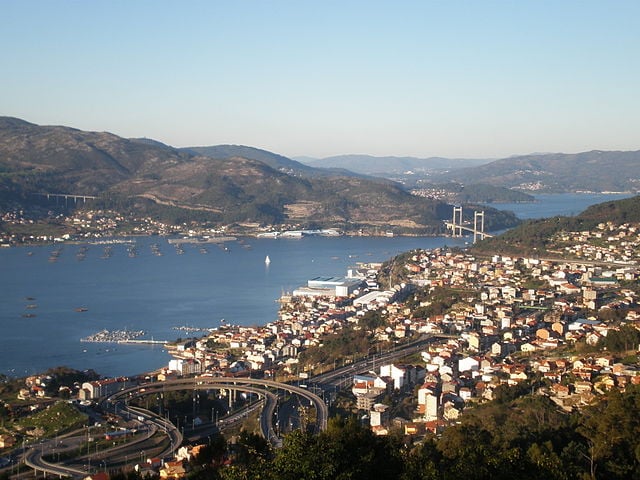
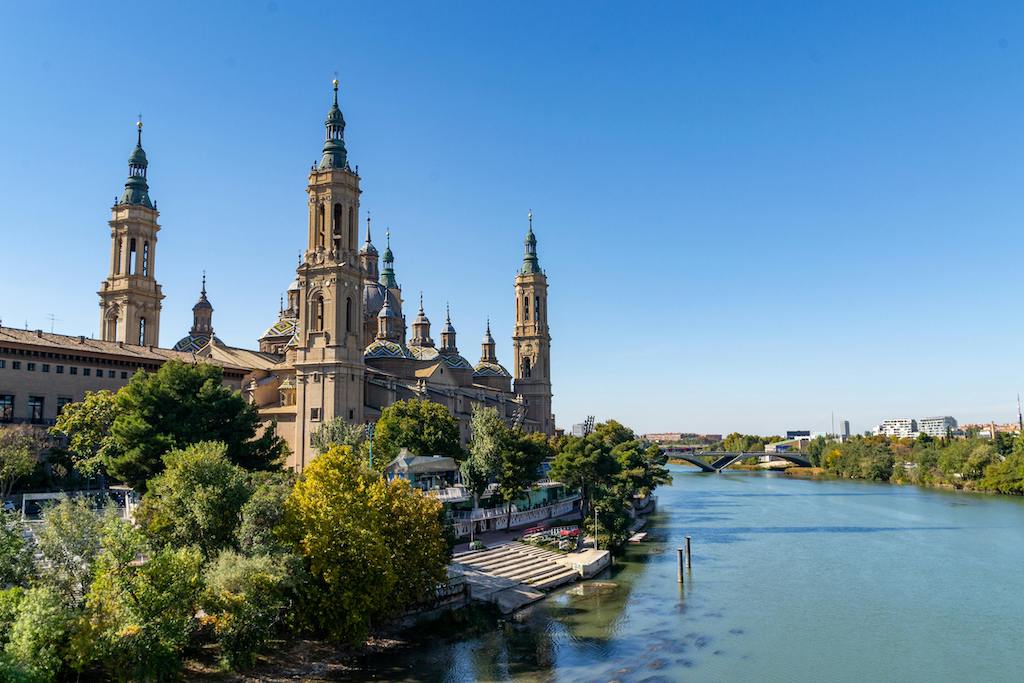
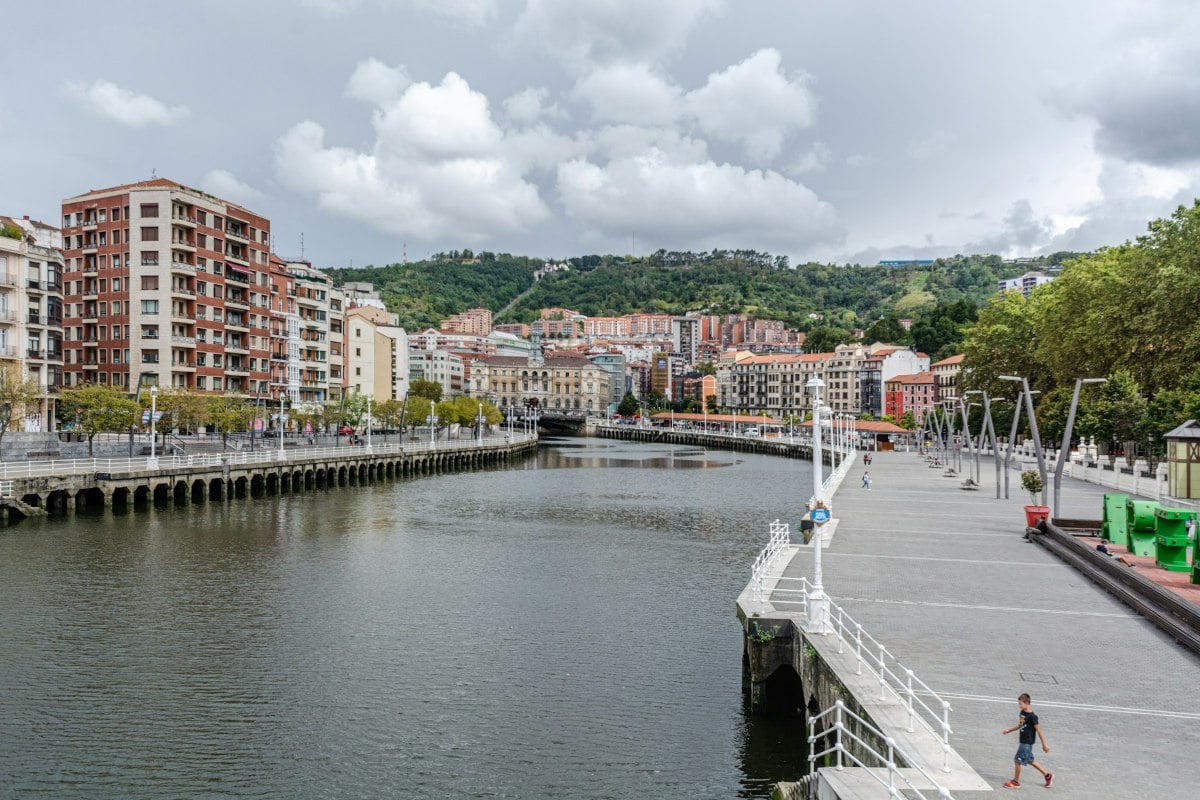
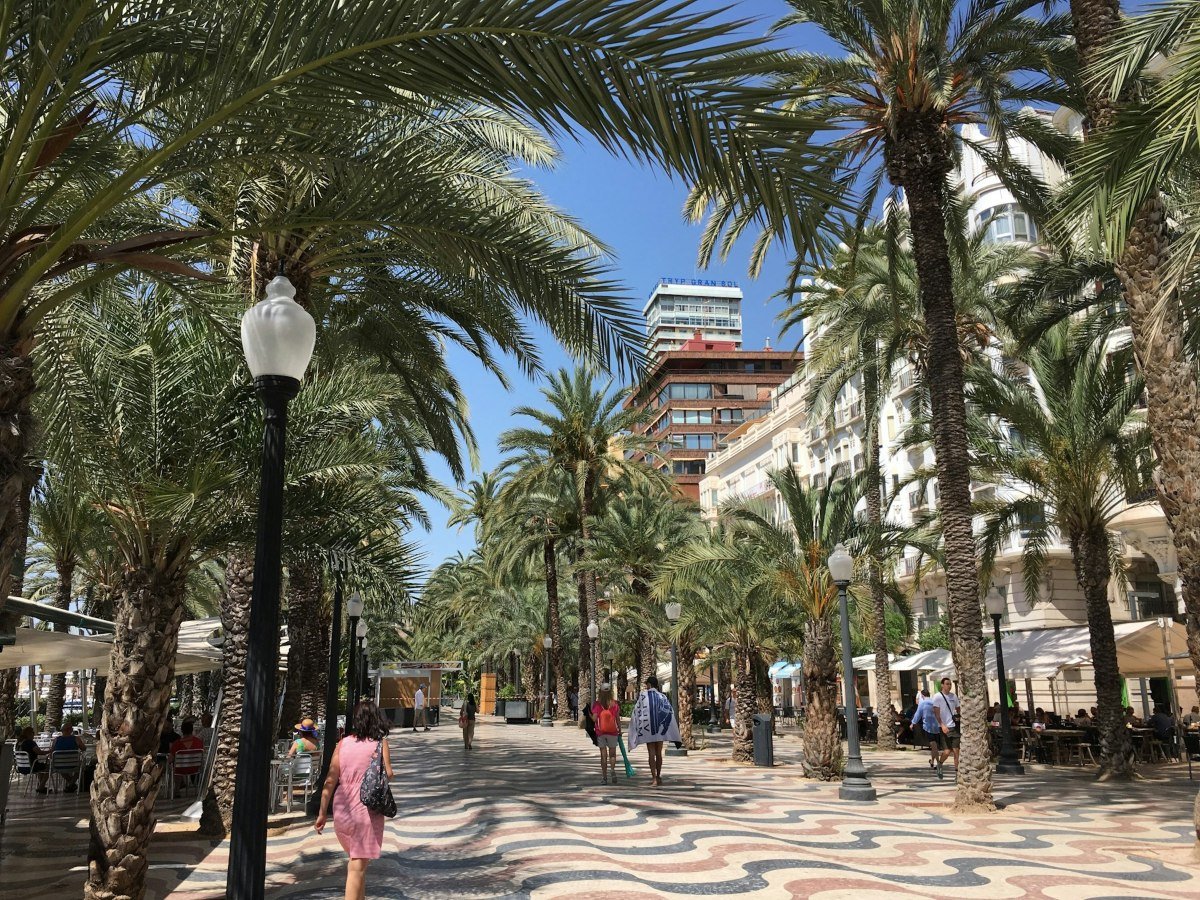

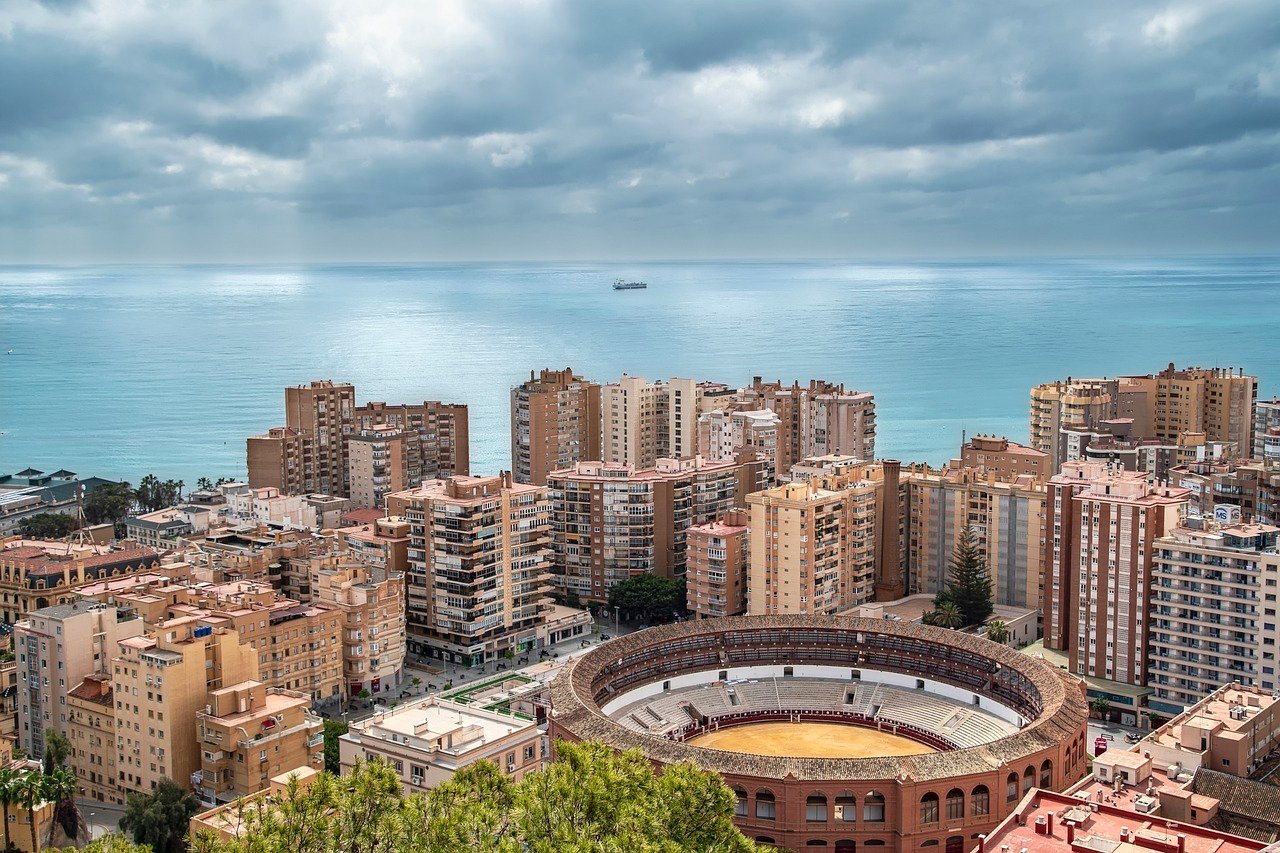



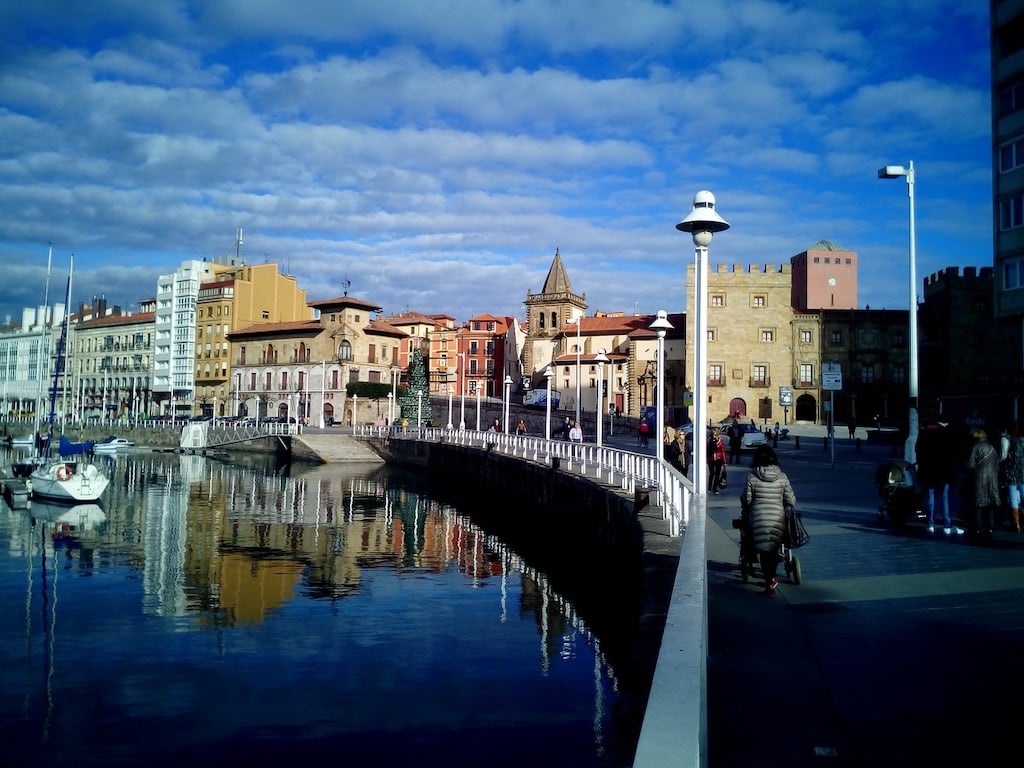
 Please whitelist us to continue reading.
Please whitelist us to continue reading.
Member comments